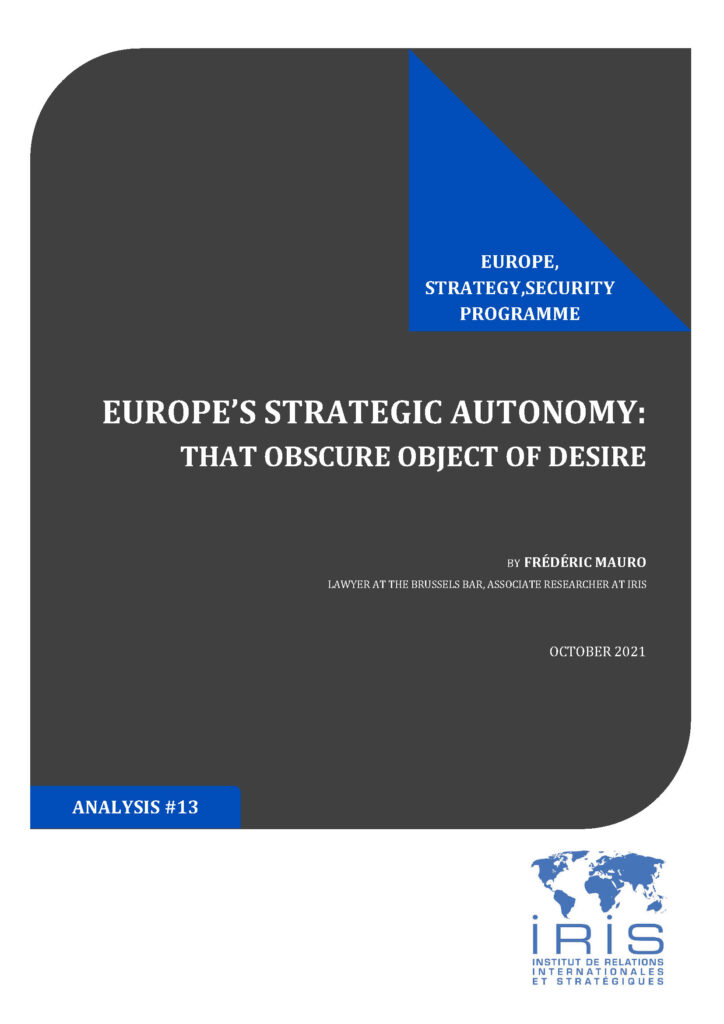Notes / Europe, European Union, NATO
13 October 2021
Europe’s Strategic Autonomy: that obscur object of desire

Over a summer of 2021, full of strategic twists and turns, we have witnessed the departure, without consultations, nor with triumph, of the last Atlantic Alliance forces still present in Afghanistan. We have also seen the constitution, on the very day of the publication of the EU’s “Strategy for Cooperation in the Indo-Pacific”, of a tripartite alliance between the United States, Australia, and Britain with no communication whatsoever with the European Union. Then came the eruption of a diplomatic crisis of a magnitude unseen since 2003 between Paris and Washington, triggered by the breach of the contract for the provision of attack submarines from France to Australia. Coming in quick succession, these three events have given a new lease of life to the debate on Europe’s “strategic autonomy”, which seemed to have run out of steam.
However, will this triple warning be enough for EU leaders to move from words to deeds? From Srebrenica to Donald Trump’s provocative statements, through the annexation of Crimea and Brexit, this is not the first nor the most crucial moment that Europe is faced with the challenge of establishing “an appropriate level” of strategic autonomy. How many times have EU Member States promised to do so?
A difficulty is that the relationship that EU leaders have with the concept of strategic autonomy is as ambiguous as the relationship between the two main characters of that 1977 Luis Buñuel movie, “That Obscure Object of Desire”. In the movie, Mathieu, a middle-age French man steeped in tradition tries to seduce Conchita, a flamenco dancer with such an enigmatic personality that the Spanish master had to use two different actresses to cover her role. In other words, instead of rattling wooden sabres, unleashing the chatterboxes and releasing grand sounding – and confusing – statements, it is necessary to agree on the concepts…

